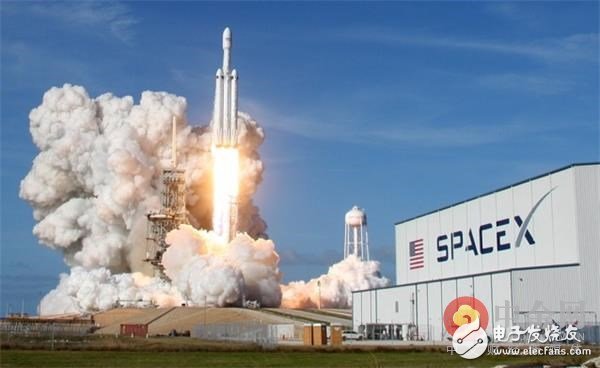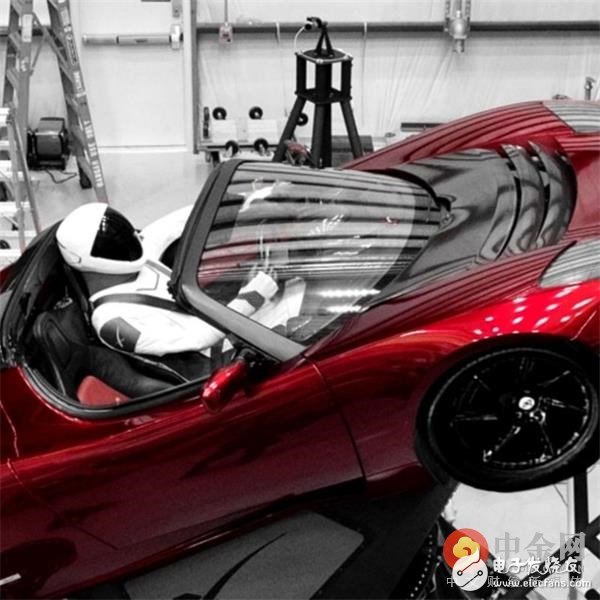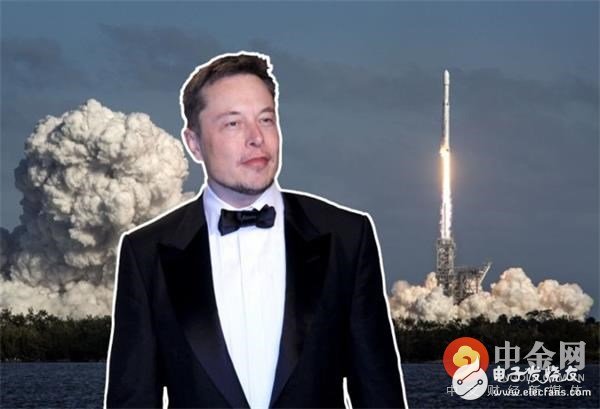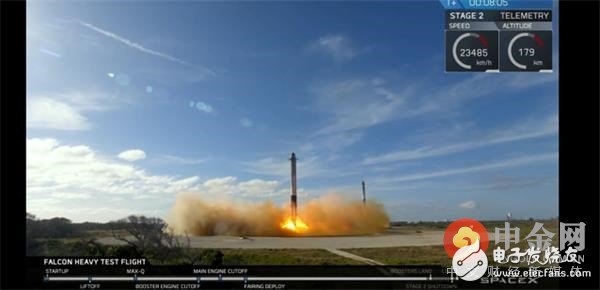Musk and his SpaceX have taken the spotlight once again. Fans of Tesla and Musk, who often admire him on social media, find it hard to believe—almost surreal—to see him as a "crazy" dreamer chasing the impossible. On February 6th, in U.S. time, NASA officially announced the launch. At 3:45 PM local time, the Falcon Heavy rocket was launched from the Kennedy Space Center’s LC-39A pad in Cape Canaveral. This moment marked a major milestone for space exploration.

The Falcon Heavy is the most powerful rocket ever built by humans since the Saturn V rocket during the Apollo era. This launch aimed to send a payload into Earth and Mars orbit. Due to wind conditions, the launch was delayed by about two hours. Thousands of spectators gathered at nearby beaches, bridges, and roads to witness this historic event.

The rocket carried a Tesla Roadster, painted red, with a dummy named “Starman†seated in the driver's seat. The name was inspired by David Bowie’s song “Space Oddity,†which played in the car. The vehicle had three cameras that provided live footage of space, and the dashboard displayed “Don’t Panic†from the Hitchhiker’s Guide to the Galaxy. Also included were a model of the Roadster and a copy of the book “The Al-Qaida Trilogy.â€

The Falcon Heavy is equipped with three first-stage rockets and 27 engines, generating approximately 2.27 million kilograms of thrust. Two of the boosters had previously been used in the 2016 Falcon rocket. Within minutes of liftoff, the two side boosters landed back at Cape Canaveral, while the central booster landed on a floating platform in the Atlantic Ocean.
If the boosters can be successfully reused, they could significantly reduce future launch costs. Thanks to reusable components, the cost of this mission was $90 million, compared to around $350 million for the Delta IV Heavy rocket.

Musk stated that the goal of the Falcon Heavy mission was to send the Roadster into Mars orbit. The capsule was planned to pass through Earth’s Van Allen radiation belts and enter a Hohmann transfer orbit, which would help conserve fuel and bring it closer to Mars.
SpaceX president Gwynne Shotwell mentioned in an interview that the company’s long-term vision is to dominate the solar system by the 2100s or 2200s, aiming to send humans to Mars quickly and realize Musk’s ambition of “multi-planet colonization.â€
According to The Verge, Musk first announced plans for the Falcon Heavy in 2011, and launching such a heavy rocket marks a significant step forward for SpaceX. It allows the company to transport heavier cargo into space, which is also crucial for U.S. national security, enabling the deployment of large satellites into specific orbits.

**Musk’s 10-Year Rocket Launch Record**
- In 2008, Falcon 1 was successfully launched, becoming the world’s first privately developed orbital-class liquid-fueled rocket.
- In June 2010, Falcon 9 made its debut and completed its first flight, though the first stage was not recoverable.
- On September 29, 2013, Falcon 9 launched for the first time, but all recovery attempts failed.
- On December 22, 2015, the Falcon 9 full-thrust version launched for the first time, achieving the first successful land-based landing of a first-stage rocket.
- On April 8, 2016, the first-stage rocket landed on a floating barge in the Atlantic, marking the first successful marine landing.
- On March 30, 2017, the first-stage rocket was recovered again, making it the first fully reused rocket in history, and the fairing was also recovered for the first time.
- On February 6, 2018, the Falcon Heavy, based on the Falcon 9, was successfully launched.
Logarithmic Periodic Antenna
Safety Cone Road Cone,Terminal Antenna Plastic,Logarithmic Periodic Antenna
Mianyang Ouxun Information Industry Co., Ltd , https://www.ouxunantenna.com